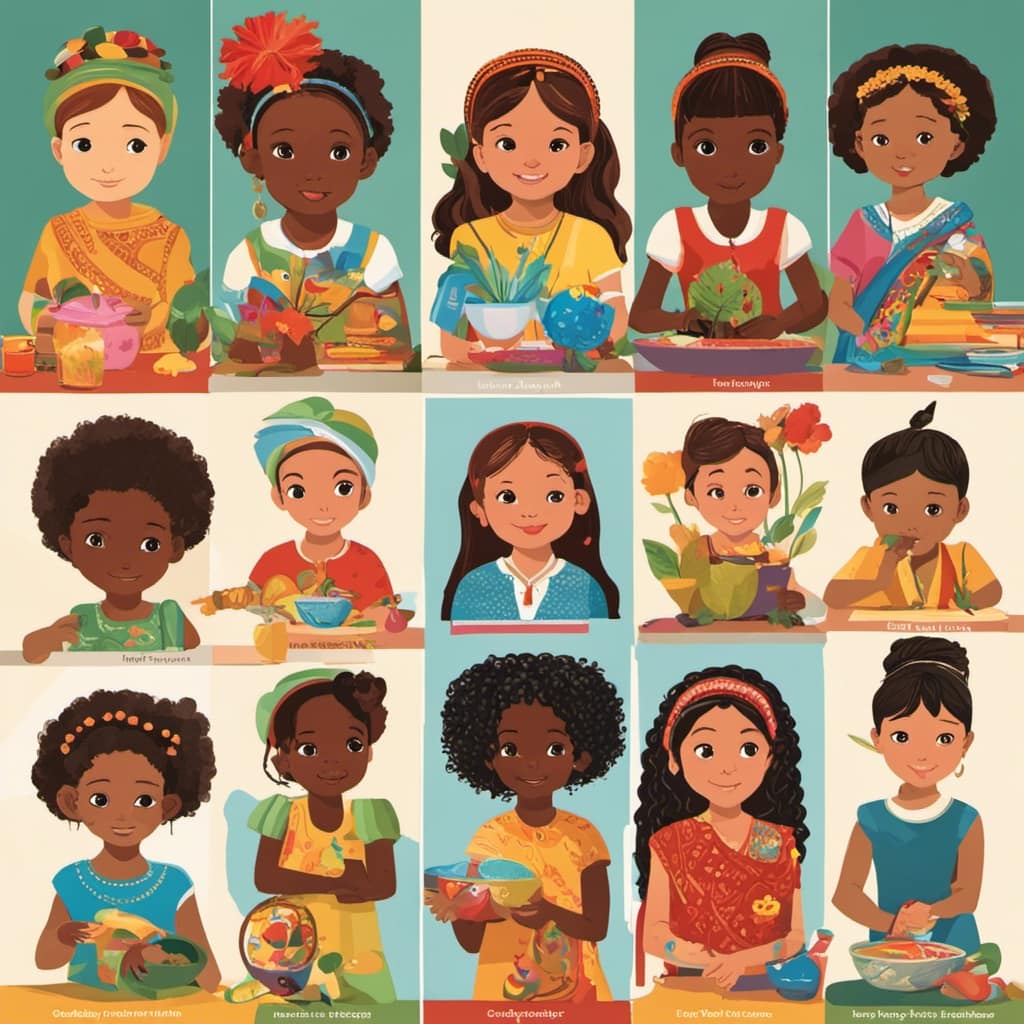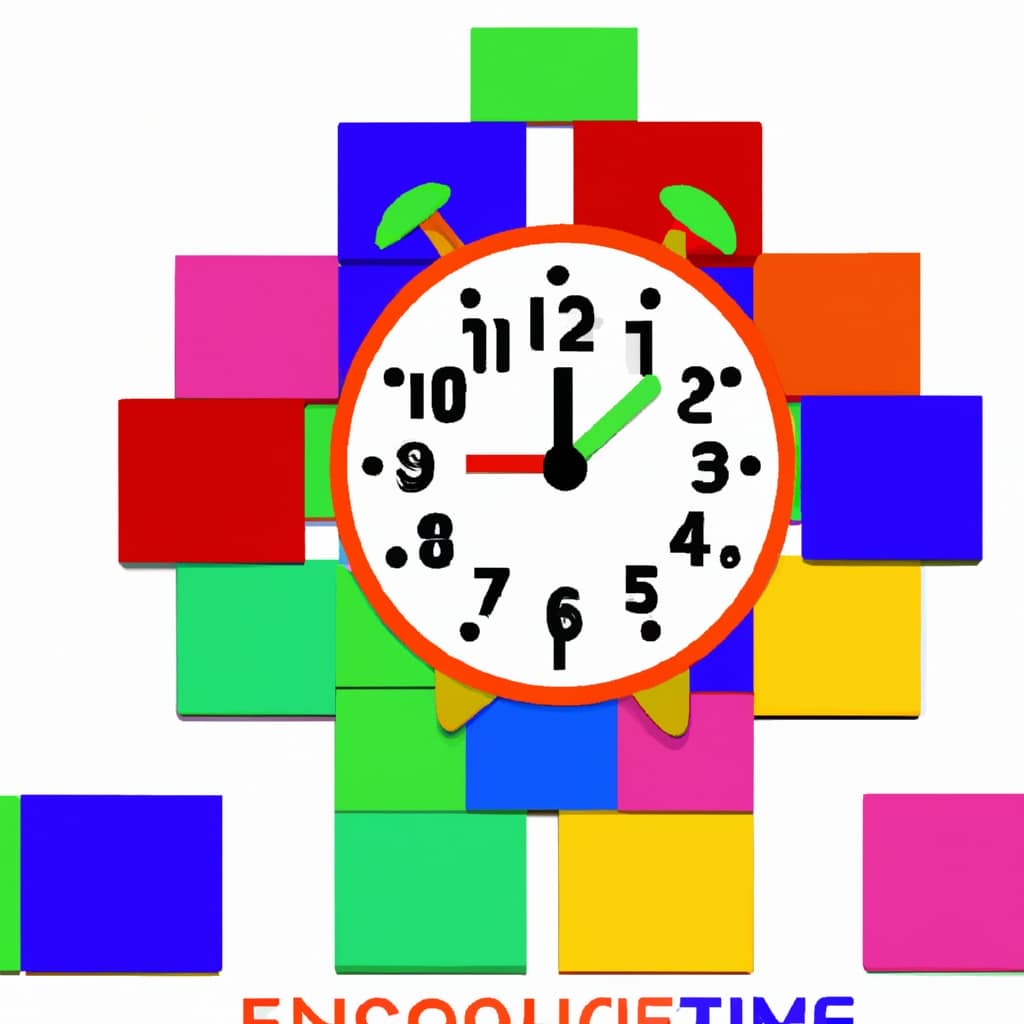Finding the ideal toys for my child is like laying the foundation for their bright future. It’s all about laying the groundwork for their development that truly matters.
That’s why I’ve embraced the Montessori approach to toy selection, which prioritizes eco-friendly options made from natural materials like wood, metal, and fabric. These toys not only provide a sensory-rich experience but also promote independent play, imagination, creativity, and problem-solving skills.
In this article, I’ll delve into the benefits of the eco-friendly Montessori approach and how it can contribute to a safer, healthier, and more sustainable play experience for our children.
Key Takeaways
- Montessori education prioritizes natural materials like wood, metal, and fabric for toys.
- Plastic toys lack sensory stimulation and limit cognitive development.
- Open-ended toys made from sustainable materials foster exploration, creativity, and problem-solving skills.
- Choosing eco-friendly toys promotes a sense of responsibility towards the environment and benefits both the environment and children’s well-being.
The Importance of Natural Materials in Montessori Toys
I believe that using natural materials in Montessori toys is crucial because they provide a sensory-rich experience and promote independent play, creativity, and problem-solving skills.
Wooden toys, for example, offer numerous benefits. They have a pleasing texture and weight that engages a child’s senses, stimulating their development. The natural warmth and durability of wood also make it an excellent choice for toys. Additionally, wooden toys encourage open-ended play, allowing children to use their imagination and creativity to explore different possibilities.
Fabric toys, on the other hand, provide a unique sensory experience. The softness and varied textures of different fabrics engage children’s tactile senses, promoting their sensory development.
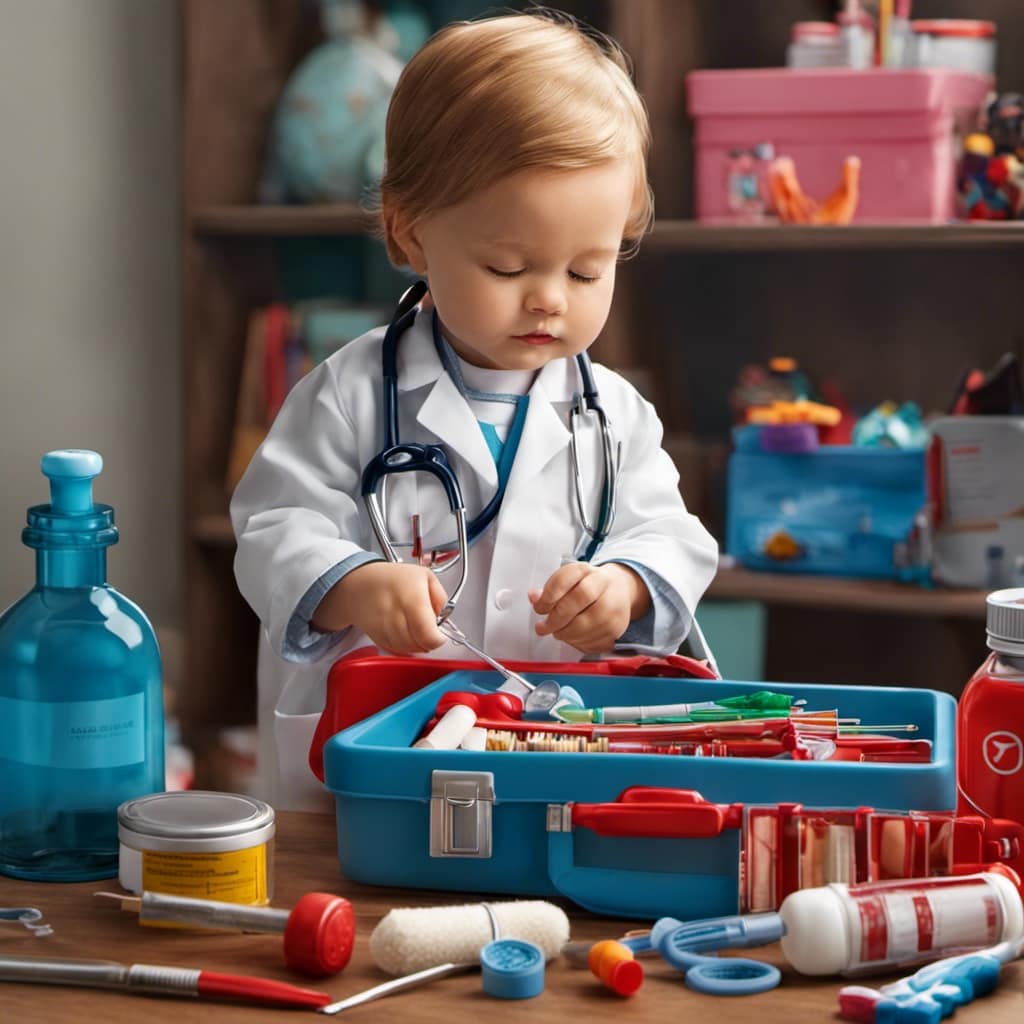
The use of natural materials in Montessori toys not only enhances a child’s play experience but also contributes to their overall growth and development.
Enhancing Sensory Development With Sustainable Toys
Using sustainable materials for toys can enhance sensory development by providing various textures, colors, and shapes. When children engage in tactile exploration, their senses are stimulated, promoting cognitive development and fine motor skills.
Sustainable materials like wood, fabric, and metal offer a rich sensory experience, allowing children to feel different textures and weights. Additionally, eco-friendly toy rotation strategies can keep children engaged and interested, providing them with a variety of sensory experiences.
By introducing open-ended toys made from sustainable materials, children are encouraged to use their imagination, creativity, and problem-solving skills. This not only benefits their sensory development but also promotes a sense of responsibility towards the environment.
Promoting Independent Play and Imagination Through Open-Ended Toys
By prioritizing open-ended toys made from sustainable materials, children are empowered to engage in independent play and unleash their imagination. Open-ended toys, such as wooden blocks or fabric dolls, promote creativity and problem-solving skills. These toys do not have a specific purpose or outcome, allowing children to explore and experiment freely.
Through open-ended play, children learn to think critically, make decisions, and solve problems on their own. Additionally, sustainable toys encourage social interaction among children. They can engage in collaborative play, share ideas, and learn to communicate effectively.
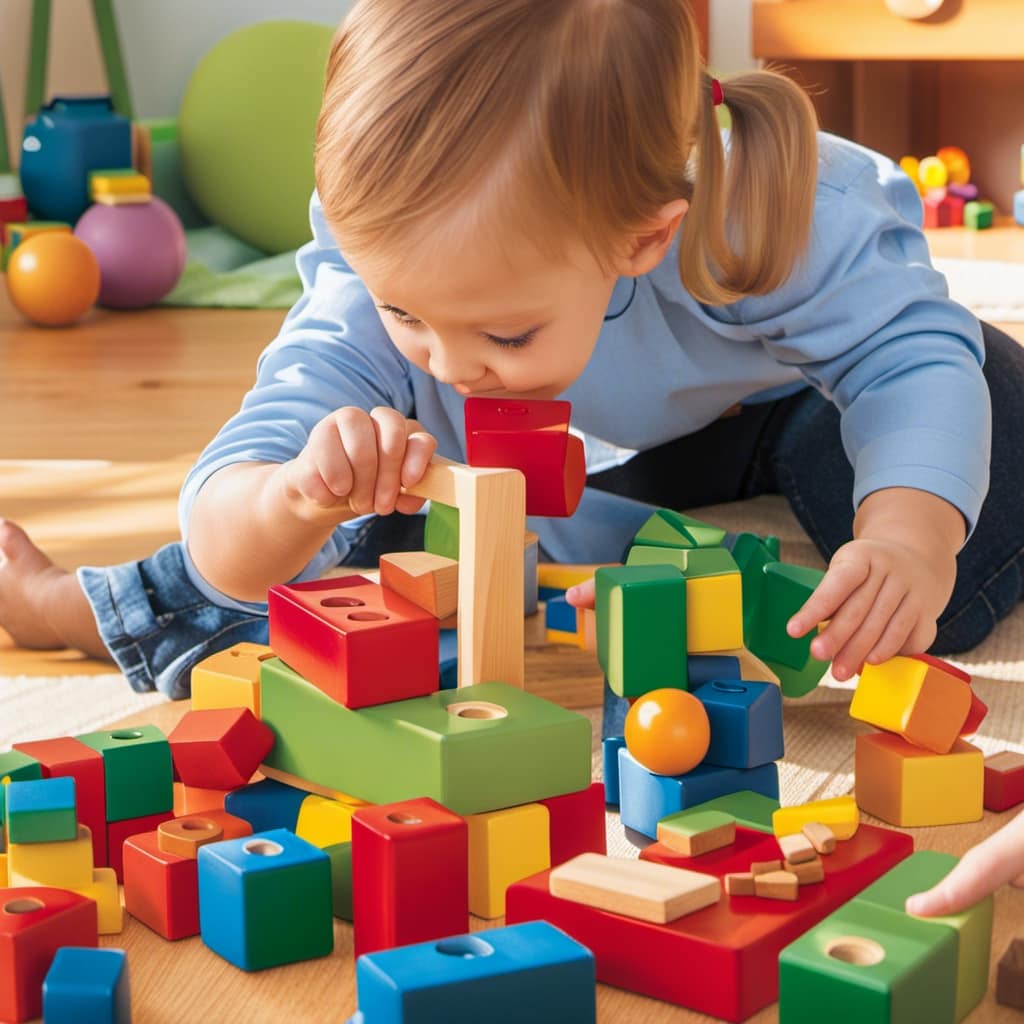
Fostering Problem-Solving Skills With Eco-Friendly Toys
Prioritizing sustainable materials in toy choices fosters problem-solving skills in children. When children engage in eco-friendly play, they not only learn about the importance of caring for the environment but also develop critical thinking skills. By nurturing their curiosity and creativity, sustainable toys encourage children to explore different possibilities and find innovative solutions.
Through open-ended play, they learn to think outside the box and overcome challenges. Sustainable toys provide a platform for children to apply their problem-solving skills in real-life situations, fostering resilience and adaptability.
Plastic Toys Vs. Sustainable Toys: the Impact on Cognitive Development
I believe that choosing sustainable toys made from natural materials positively impacts children’s cognitive development.
When comparing plastic toys to sustainable alternatives, the impact on cognitive development becomes apparent. Plastic toys lack sensory stimulation, limiting cognitive growth, while sustainable toys offer various textures, colors, and shapes, stimulating sensory development.
Plastic toys focus on specific functions, reducing creativity and imagination, whereas sustainable toys foster exploration, creativity, and problem-solving skills.
Plastic toys encourage solitary play, hindering social interaction and emotional development, while sustainable toys promote independent play, imagination, and social engagement.
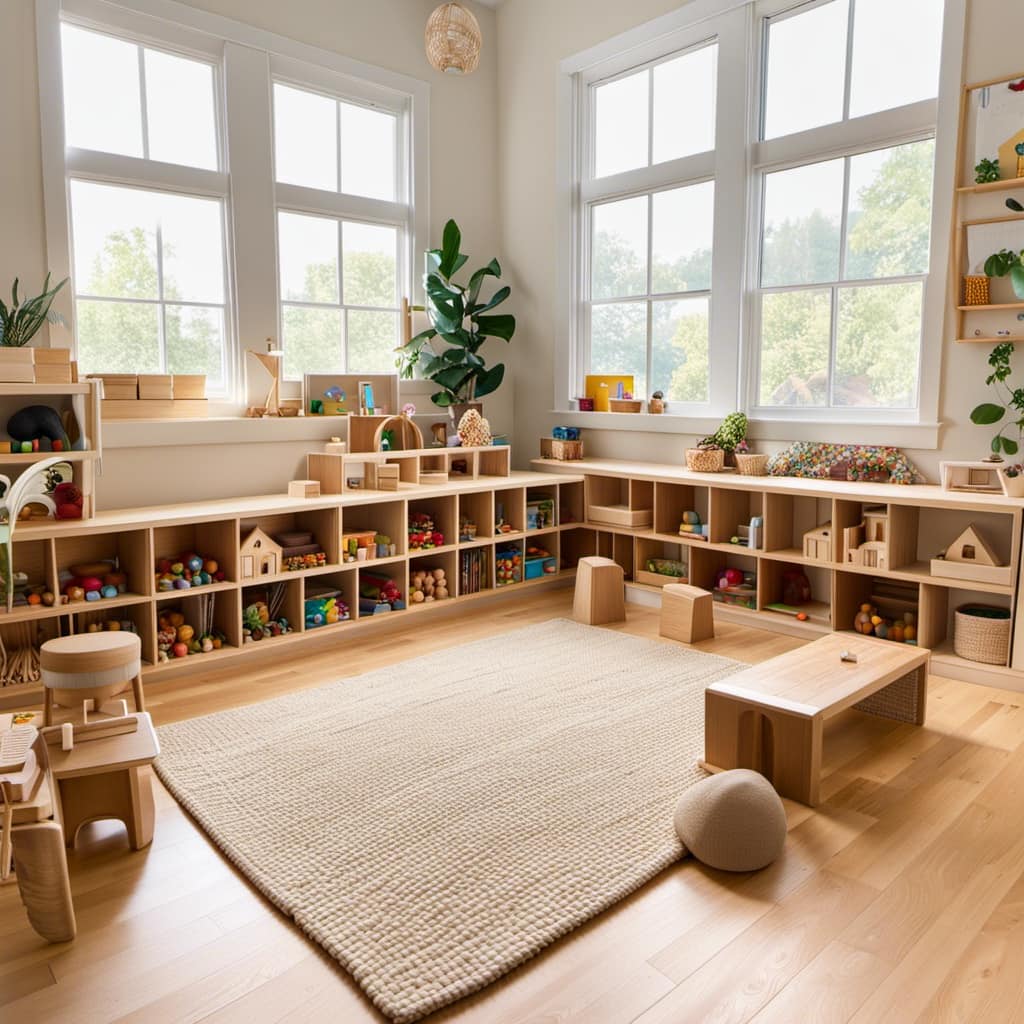
Moreover, choosing eco-friendly toys teaches children responsibility towards the environment, inspiring them to become conscious consumers in the future.
The Social Benefits of Choosing Eco-friendly Toys
Choosing sustainable toys made from natural materials promotes social interaction and emotional development in children. When children engage with eco-friendly toys, they experience numerous benefits that positively impact their social and emotional well-being.
These benefits include:
- Enhanced communication skills: Sustainable toys encourage children to interact with others, fostering communication and language development.
- Cooperative play: Eco-friendly toys promote collaboration and teamwork, teaching children important social skills like sharing and taking turns.
- Empathy and emotional intelligence: Playing with sustainable toys allows children to explore different emotions and develop empathy towards others.
- Building friendships: Social interaction with eco-friendly toys provides opportunities for children to form meaningful connections and build friendships.
- Conflict resolution: Sustainable toys teach children problem-solving skills and conflict resolution strategies, enabling them to navigate social interactions effectively.
Reducing Plastic Waste: The Environmental Consequences of Plastic Toys
Reducing plastic waste is essential due to the significant environmental consequences associated with plastic toys. Plastic toys not only contribute to pollution and environmental degradation but also release harmful chemicals into the environment.
To address this issue, recycling initiatives and eco-friendly toy companies play a crucial role. Recycling initiatives encourage the proper disposal and recycling of plastic toys, reducing their impact on landfills and oceans.
Eco-friendly toy companies prioritize the use of sustainable materials like wood, metal, or fabric, which are biodegradable and have a lower ecological footprint. By choosing toys from these companies, we can promote a safer and healthier play experience for children while also protecting the environment.

It is important to support these initiatives and companies to make a positive impact on reducing plastic waste and creating a more sustainable future.
Choosing Sustainable Toys for a Safer and Healthier Play Experience
Prioritizing toys made from sustainable materials ensures a safer and healthier play experience. When choosing toys for children, it is important to consider the benefits of toy rotation for child engagement.
By regularly introducing new toys and rotating them, children stay engaged and interested in their play. Additionally, the role of natural materials in sensory development cannot be overlooked. Natural materials like wood, metal, and fabric provide a sensory-rich experience for children, stimulating their senses with different textures, weights, and smells.
These materials also promote exploration, creativity, and problem-solving skills. By opting for toys made from sustainable materials, we not only prioritize the well-being of our children but also play our part in protecting the environment for future generations.
The Ecological Footprint of Plastic Toys: Why We Need Alternatives
When I opt for toys made from sustainable materials, I am actively reducing my ecological footprint and taking steps to protect the environment. Plastic toys may seem convenient and affordable, but they come with hidden costs.
The production of plastic toys contributes to pollution and environmental degradation. These toys are made from non-biodegradable materials, which means they end up in landfills or oceans, leaching harmful chemicals. Moreover, the production of plastic toys requires fossil fuels, contributing to climate change.

By choosing toys made from sustainable materials like wood, metal, or fabric, I am not only providing a safer and healthier play experience for my child but also promoting eco-conscious parenting. Sustainable toys offer various textures, colors, and shapes, stimulating sensory development and fostering creativity and problem-solving skills.
It is through these small choices that we can make a big difference in protecting the environment for future generations.
Protecting the Environment Through Montessori Toy Selection
By consciously choosing toys made from sustainable materials, I am actively contributing to the protection of the environment. Not only am I reducing waste, but I am also providing my child with sustainable play options that promote their development.
Here are some benefits of sustainable toys:
- Sustainable toys help reduce the amount of plastic waste in landfills and oceans.
- They are made from biodegradable materials, minimizing their impact on the environment.
- These toys are durable and long-lasting, reducing the need for frequent replacements.
- They promote a connection to nature and teach children about the importance of sustainability.
- Sustainable toys encourage imaginative and open-ended play, fostering creativity and problem-solving skills.
Empowering Children as Conscious Consumers: The Role of Eco-friendly Toys
As we continue exploring the eco-friendly Montessori approach to toy selection, it is essential to recognize the empowering role that eco-friendly toys play in shaping children as conscious consumers. By choosing toys made from sustainable materials, we instill in children a sense of responsibility towards the environment from a young age. These toys not only provide a safe and healthy play experience but also foster a connection to nature and promote sustainable habits.
Through eco-friendly toys, children learn about the importance of conscious consumption. They understand that their choices have an impact on the environment and can make a difference. By encouraging them to choose toys made from natural and sustainable materials, we empower children to become conscious consumers in the future. They develop the ability to make informed decisions, considering the environmental and social implications of their choices.

Incorporating eco-friendly toys into the Montessori education system not only benefits the environment but also equips children with the knowledge and mindset to create a more sustainable future.
Frequently Asked Questions
What Are Some Examples of Natural Materials Used in Montessori Toys?
Natural materials commonly used in Montessori toys include natural wood, organic cotton, and metal. These materials provide a sensory-rich experience for children, promoting exploration, creativity, and problem-solving skills.
How Does Playing With Sustainable Toys Enhance Sensory Development in Children?
Playing with sustainable toys enhances sensory development in children by providing a sensory-rich experience with different textures, colors, and shapes. This stimulation improves cognitive development and fosters exploration, creativity, and problem-solving skills. The benefits of sustainable toy production include a safer and healthier play experience for children and a reduced ecological footprint.
What Are Some Examples of Open-Ended Toys That Promote Independent Play and Imagination?
Open-ended toys like building blocks and art supplies promote independent play and imagination. They allow children to create and explore freely, developing problem-solving skills and fostering creativity. Independent play benefits cognitive and social development.
How Do Eco-Friendly Toys Foster Problem-Solving Skills in Children?
Eco-friendly toys foster problem-solving skills in children by promoting open-ended play and imagination. They encourage exploration and creativity, which require children to think critically, find solutions, and adapt to different situations.
What Are the Environmental Consequences of Using Plastic Toys?
Using plastic toys has negative environmental consequences. They contribute to pollution, harm ecosystems, and require fossil fuels for production. Choosing alternatives to plastic, like sustainable materials, can reduce the economic impact on the environment.

Conclusion
In conclusion, the Montessori approach to toy selection emphasizes the importance of using natural materials and eco-friendly options. By choosing toys made from sustainable materials like wood, metal, and fabric, we can provide children with a sensory-rich experience that stimulates their development and creativity.
Not only does this approach benefit the child’s cognitive and emotional growth, but it also has a positive impact on the environment, reducing plastic waste and pollution. By empowering children as conscious consumers, we can shape a brighter future for both them and the planet.
Remember, every toy choice matters.





